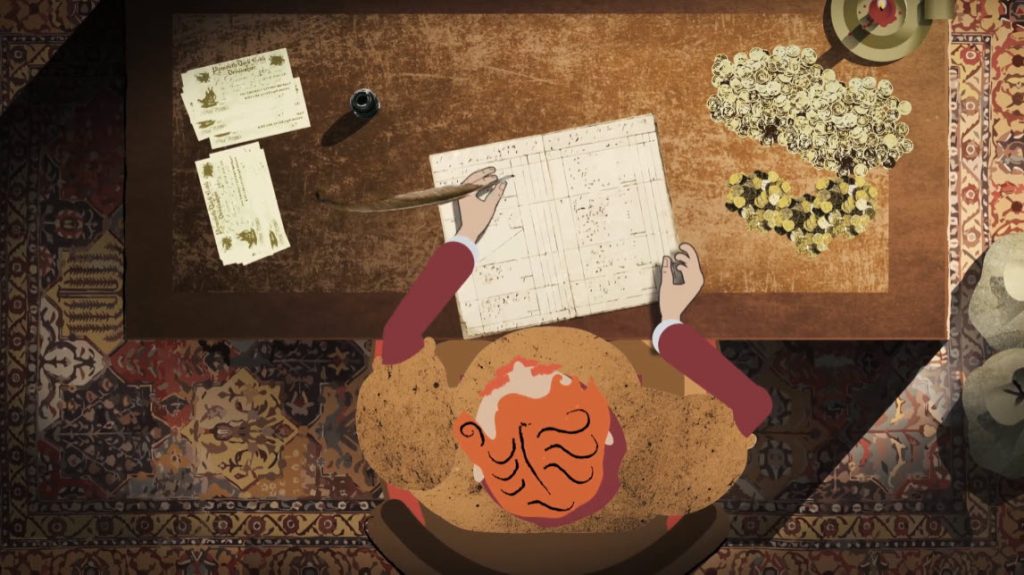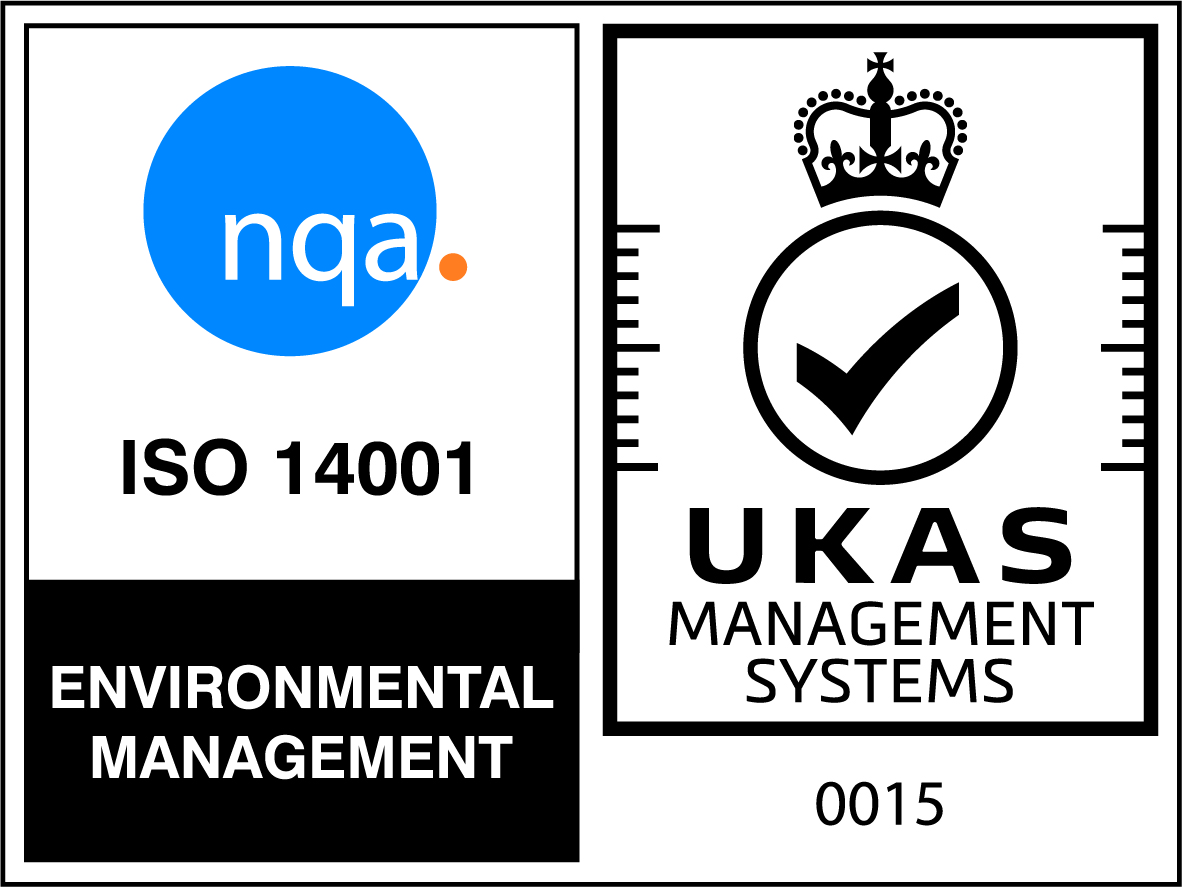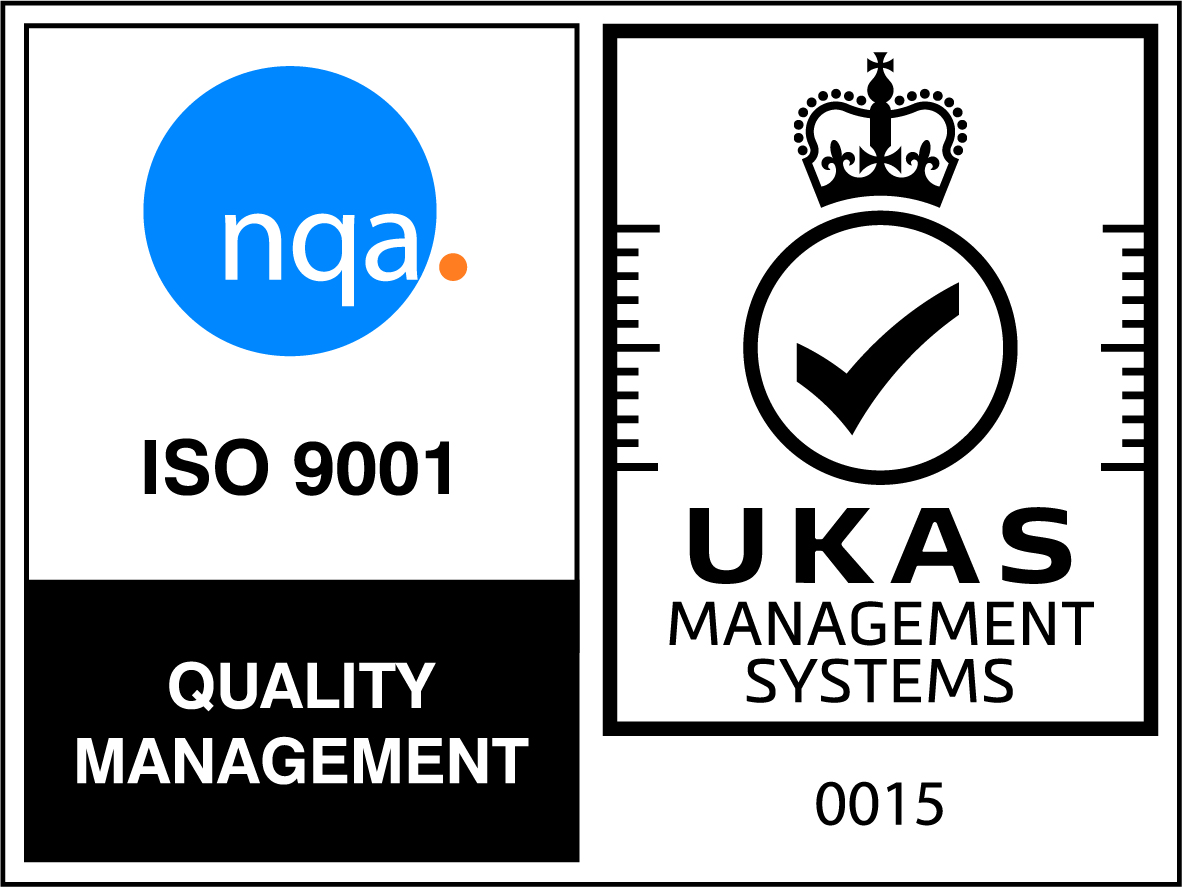
Animation Brings History To Life – The age-old conundrum of history teachers everywhere is the plight of the student who just can’t seem to keep his eyes open. From educational establishments to historical sites and programs, conveying historical information in a lively way can sometimes be a difficult challenge. And, with digital media becoming an ubiquitous form for entertainment and educational purposes alike, a dull history lecture simply won’t cut it in all cases. However, there is an answer as animated content provides an effective solution to improve engagement, retention, and enjoyment in audiences of all ages and interests. Reading from a textbook simply can’t compare to having an audience engage with visual content presented to them in a way that they can simply and easily understand.
If you are interested in invigorating elements of long-dead history with life that’s guaranteed to engage your audiences, working with Pushed might be just the thing you need to upgrade your educational content. Video is attention-grabbing and interesting, drawing the viewers in and providing a host of benefits for learning purposes, including:
- Engagement: The most apparent benefit of utilising animation to bring history to life is its ability to draw in viewers, engaging them in the stories of the past and creating a connection between themselves and the events of long ago.
- Emotional investment: Oftentimes, it can be difficult to emotionally engage audiences with historical content, as the gap between past and present can feel impersonal. Watching the complex interplay of historical events demonstrated visually through animation will not only engage your audience but create an emotional investment as they feel more connected to the events presented through animation.
- Explanation of complex or sensitive content: Timelines, complex events, and sensitive subjects can be difficult to present in a way that is digestible and easy to understand. Animating these concepts can break elements down into aesthetically pleasing individual components that remain cohesive while also being much easier to understand. In these circumstances, relying on a lecture or a textbook to convey the information can become overwhelming for audiences, disengaging them, and decreasing interest.
- Retention: The most effective way to learn and retain information is to be presented with it multiple times in a variety of different contexts, which allows you to develop a deeper understanding of the information and store it in your long-term memory. Learning history through the application of visual animation and auditory components provides a multimodal format for retention of historical facts and events.
- Re-usable and repeatable: The beauty of digital animation is its ability to be used and re-used as many times as you wish, including within a variety of different settings. One animation can replace entire lectures, displays, and hundreds of boring, unengaging leaflets and handouts. Animation can also be constantly re-imagined without incurring significant additional costs, so your content can remain fresh and updated. Additionally, if you wish, the material can be made readily available to audiences for later repetition, allowing them to go over difficult concepts for better comprehension and understanding.
Animation can quite literally bring historical events to life in a way that words themselves simply cannot. Incorporating different styles and varieties of teaching strategies such as animation is a simple and effective way to not only ensure that your audience is engaged with the content presented, but that they actually retain and learn something from it. If you are ready to refresh and revive your historical content, reach out to Pushed today. As experts in digital animation, we would love to talk to you about your wishes for your project or content and create something amazing with you



